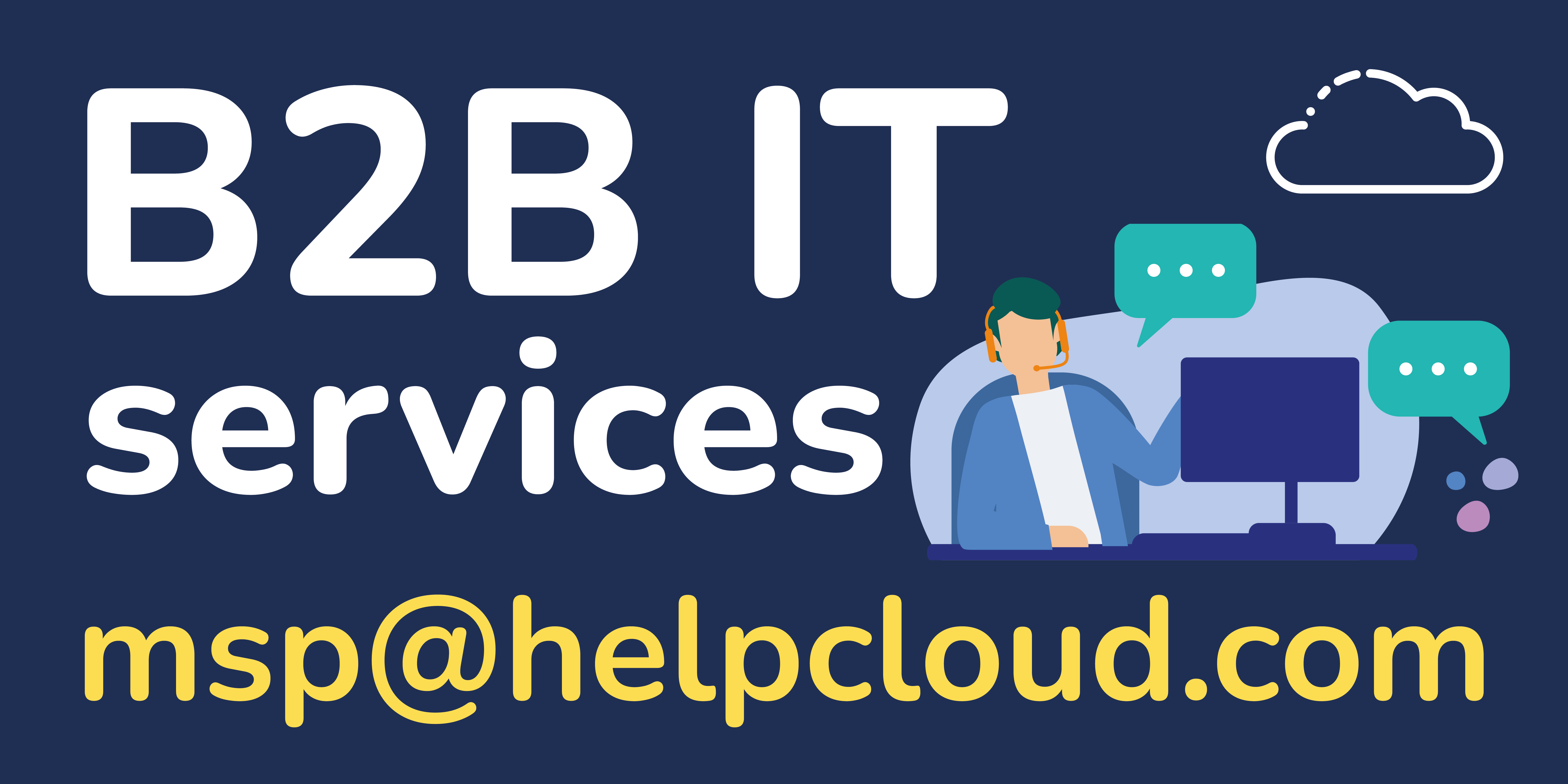The hybrid work model, which blends in-office and remote work, has become a standard in many industries, including Business Process Outsourcing (BPO). Managing a remote BPO workforce within this framework presents unique challenges and opportunities. To navigate this landscape effectively, organizations must implement best practices that foster productivity, engagement, and seamless operations.
1. Establish Clear Communication Channels
Effective communication is the cornerstone of a successful hybrid work environment. Without the benefit of face-to-face interactions, it's crucial to set up robust communication channels.
- Utilize Advanced Communication Tools: Implement platforms like Slack, Microsoft Teams, or Zoom to facilitate real-time communication and collaboration.
- Regular Check-Ins: Schedule daily or weekly meetings to discuss progress, address concerns, and maintain team cohesion. Regular check-ins help replicate the spontaneous interactions that occur in traditional office settings.
2. Foster a Culture of Trust and Autonomy
Trust is vital in a hybrid work model. Empowering employees with autonomy can lead to increased job satisfaction and productivity.
- Set Clear Expectations: Define roles, responsibilities, and performance metrics so employees understand what is expected of them.
- Focus on Outcomes: Shift the emphasis from hours worked to results achieved. This approach encourages employees to manage their time effectively and take ownership of their tasks.

3. Leverage Technology for Seamless Operations
Technology is the backbone of a hybrid BPO workforce. Investing in the right tools ensures smooth operations and collaboration.
- Cloud-Based Solutions: Utilize cloud platforms for data storage and access, allowing employees to work from anywhere while maintaining data security.
- Managed Services Providers (MSPs): Partnering with MSPs can help manage IT infrastructure, ensuring that systems are secure, efficient, and scalable. This is particularly important as businesses navigate the complexities of remote and hybrid work models.
4. Prioritize Employee Well-Being and Work-Life Balance
Supporting the well-being of your remote workforce is essential for maintaining morale and productivity.
- Flexible Work Arrangements: Allow employees to set their own working hours and locations, accommodating personal responsibilities and promoting a healthier work-life balance.
- Mental Health Support: Provide resources and support for mental health, recognizing the unique challenges that remote work can present.
5. Implement Continuous Feedback and Improvement Mechanisms
Regular feedback helps identify areas for improvement and keeps employees engaged.
- Employee Surveys: Conduct regular surveys to gather feedback on remote work experiences and identify areas for enhancement.
- Performance Reviews: Hold periodic performance reviews to discuss achievements, set goals, and address any challenges employees may face.
6. Ensure Data Security and Compliance
Data security is paramount in a remote BPO environment.
- Robust Security Protocols: Implement strong security measures, including VPNs, firewalls, and encryption, to protect sensitive information.
- Regular Training: Educate employees on best practices for data security, including recognizing phishing attempts and securing home networks.

7. Encourage Team Building and Collaboration
Maintaining a sense of team unity is crucial in a hybrid work model.
- Virtual Team-Building Activities: Organize online events to foster relationships and encourage collaboration among team members.
- In-Person Meetings: When possible, arrange periodic in-person meetings or retreats to strengthen team bonds.
8. Adapt Leadership Styles to the Hybrid Model
Leaders must evolve their management approaches to suit a hybrid workforce.
- Empathetic Leadership: Show understanding and support for the unique challenges remote employees may face.
- Transparent Communication: Keep the team informed about organizational changes, policies, and expectations to build trust and alignment.
By implementing these best practices, organizations can effectively manage a remote BPO workforce within a hybrid work model, leading to enhanced productivity, employee satisfaction, and operational success.
For more insights on managing remote and hybrid workforces, consider exploring the following resources:
- 7 ways to better manage your remote or hybrid workforce
- Managing Remote Workers: Best Practices And 9 Essential Tips
- Tips for managing a hybrid and remote workforce
Additionally, HelpCloud offers valuable perspectives on the evolving work environment:
- Why MSP IT Solutions Are Needed Now More Than Ever
- Exciting Trends in the MSP Space for the IT Industry
By staying informed and adaptable, organizations can successfully navigate the complexities of the hybrid work model in the BPO industry.

